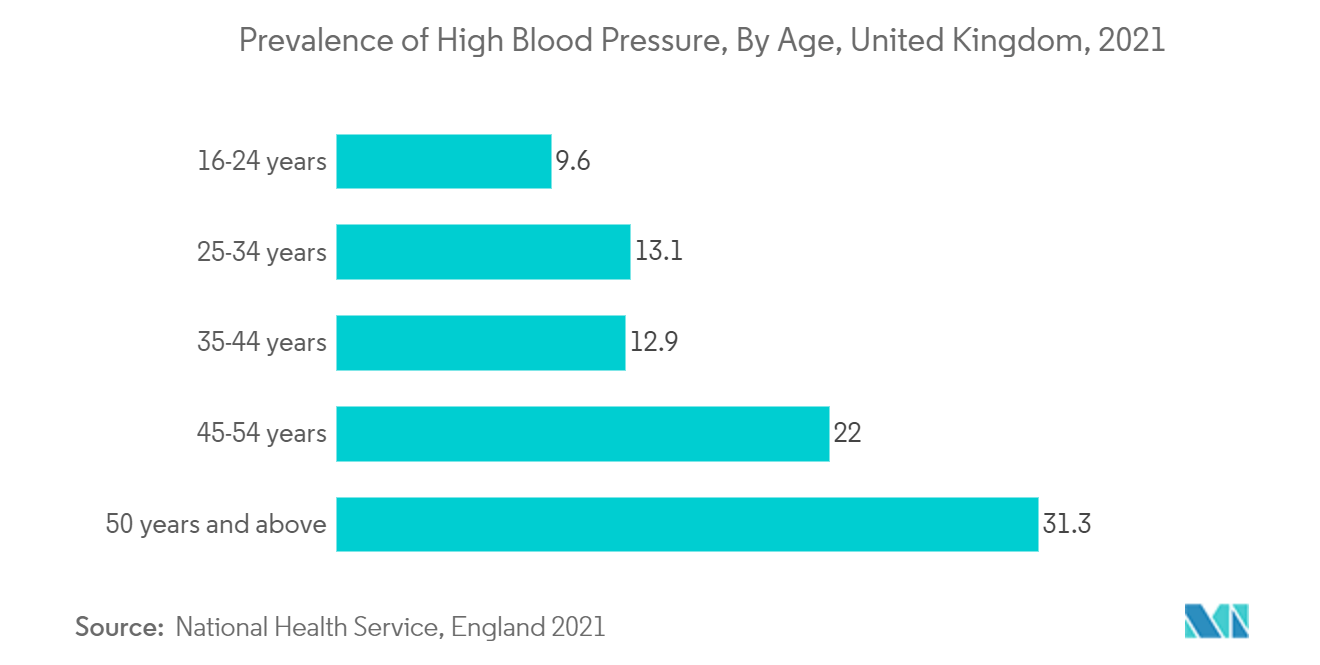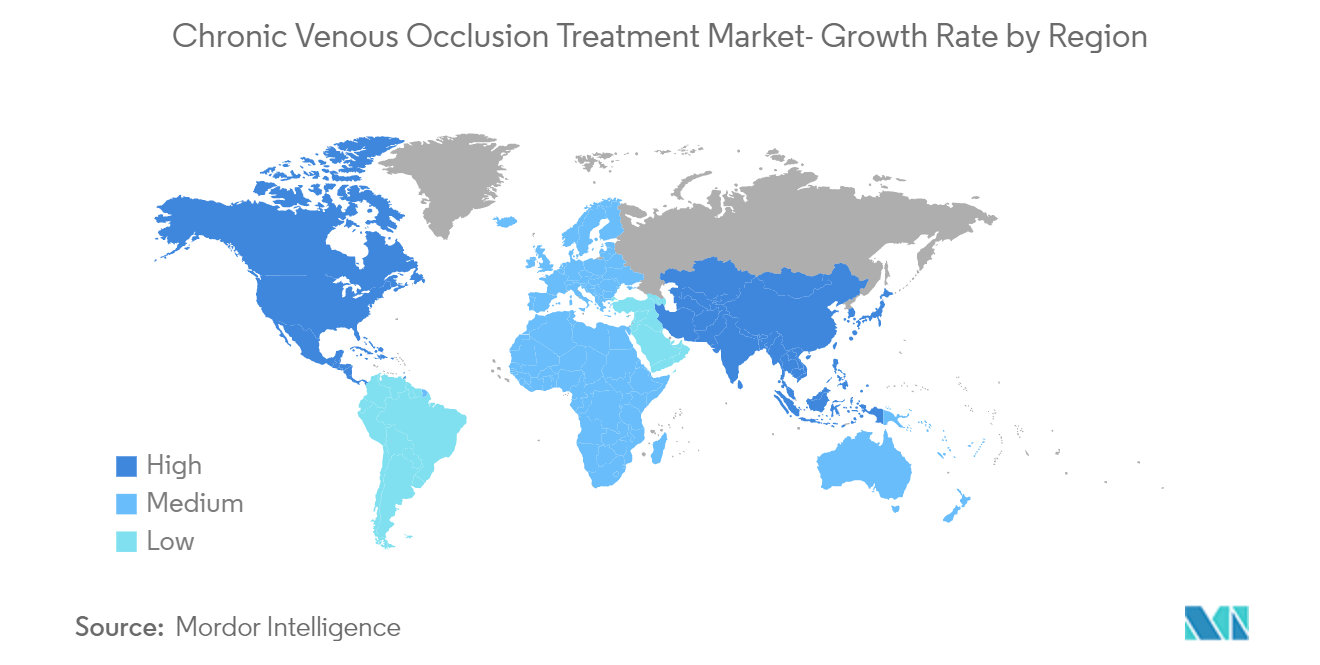Market Trends of Chronic Venous Occlusions Treatment Industry
This section covers the major market trends shaping the Chronic Venous Occlusions Treatment Market according to our research experts:
The Devices Segment is Expected to Drive the Market Growth
The increasing prevalence of cardiovascular diseases and the growing geriatric population are expected to be the key driving factors for the growth of the devices segment during the forecast period. The older population is more likely to develop cardiovascular diseases. According to Ageing Europe Statistics, 2021, it has been observed that more than one-fifth (20.8%) of the European population was aged 65 years and over. In addition, it is projected that the share of people aged 80 years or above in the European population will have a two-and-a-half-fold increase between 2021 and 2100, from 6.0% to 14.6%. For instance, women aged over 40 years who are suffering from varicose veins are usually treated with V-block occluding stent, a self-expandable device that functions as a vein occluder and blood clot trap.
In addition, the rising demand for non-invasive procedures is likely to boost the growth of the market. For instance, cardiac catheterization, a minimally invasive way, is used to diagnose and treat a variety of heart and vascular conditions, such as May-Thurner syndrome, by guiding thin, flexible tubes called catheters through blood vessels to problem areas.
The clinicians advised the implantation of stents in patients suffering from cardiovascular disorders such as blockages in the heart or sudden heart attacks to widen up the narrow veins of the heart to regulate the flow of blood in the heart and body. According to the American Heart Association, 2020, approximately 2 million stents are implanted in the United States every year. Increasing hypertension among masses significantly increases the risk of heart diseases and affects the normal blood flow in the body. According to the statistics published by the World Health Organization, 2021, an estimated 1,28 billion adults aged 30-79 years have heart diseases, and approximately two-thirds of the population live in low- or middle-income countries. According to the European Society of Cardiology, more than 6 million new cases of cardiovascular diseases are found in the European Union and more than 12 million in Europe as a whole every year.
These factors are contributing to the growth of the chronic venous occlusion treatment market during the forecast period.

North America Dominates the Market, and It is Expected to do the Same During the Forecast Period
North America is projected to hold significant shares in the chronic venous occlusion treatment market. This is due to the presence of a number of treatment facilities and advanced healthcare infrastructure in the region. For instance, it has been estimated that the United States' healthcare consumption expenditure per capita is USD 10,224, and the national health expenditure as a percent of GDP in the United States was 19.7% in 2020. In addition, the growing prevalence of venous diseases or chronic venous insufficiency (CVI) is likely to drive the growth of the market. Furthermore, increasing demand for minimally invasive procedures, the growing geriatric population, and unhealthy lifestyles are increasing the adoption of venous occlusion treatment. According to the Centers for Disease Control and Prevention, 2020, it has been estimated that 900,000 people are affected, and 60,000-100,000 Americans die from deep vein thrombosis in the United States. In addition, approximately 5% to 8% of the US population has one of several inherited genetic risk factors known as inherited thrombophilias, which increases the risk of venous thrombosis.


